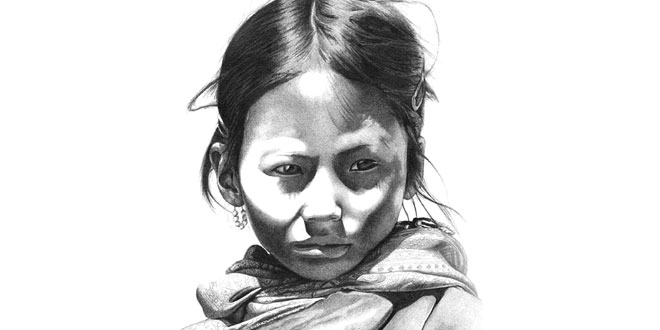Question: What are Gujjar Mandaps?
Answer: The huts in which the Gujjar cattle herders, of Ghahwal stay, are called Gujjar Mandaps. These huts are made up of bamboo and grass. They are situated at about 10,000 to 11,000 feet, as buffaloes cannot climb any higher. The mandap is also a work place for the herders. They make ghee in these huts.
Question: Mention the Acts that were enforced by the colonial government that affected the lives of the pastoralist community.
Answer: The colonial government enforced four major laws that affected the pastoralists in a devastating manner. They were:-
- Waste Land rules
- Forest Acts
- Criminal Tribes Act
- Grazing Tax
Question: How did the laws enforced by the colonial government affect the lived of the pastoralists?
Answer: The laws brought a lot of hardship to the pastoralists. The laws led to a serious shortage of pastures, which was very important for the nomads. Under the new laws grazing lands were taken over and turned into cultivating fields and thus the available area of pastureland declined.
The reservation of forests meant that shepherds and cattle herders could no longer freely graze their cattle in the forests.
The restrictions and reservations the laws enforced threatened the very livelihood of the pastoralists and many had to resettle and adapt themselves to the new ways of the world.
Question: How did the pastoralists cope with the changes brought about by the new laws?
Answer: Pastoralists reacted to these changes in a variety of ways. Some reduced the number of cattle in their herds, since there was not enough pasture to feed large numbers. Others discovered new pastures, when old grazing grounds were banned by the government.
Over the years, some rich pastoralists began buying land and settling down, giving up their nomadic life they settled down to cultivating land. Others took to extensive trading.
Poor pastoralists, borrowed money from moneylenders to survive, at times they lost their cattle and sheep and became labourers, working on fields or in small towns.
The changes that took place in India, was also seen in other parts of the world. New laws and settlement patterns forced pastoral communities to alter their lives.
Question:Mention a few Pastoral communities in Africa.
Answer: There are over 22 million Africans depending on some form of pastoral activity or other for their livelihood, till today.
Some of the Pastoral communities in Africa are:
- Bedouins
- Berbers
- Maasai
- Somali
- Boran
- Turkana
Most of them now live in the semi-dry grasslands or deserts where rain fed agriculture is difficult.
 Class Notes NCERT Solutions for CBSE Students
Class Notes NCERT Solutions for CBSE Students



